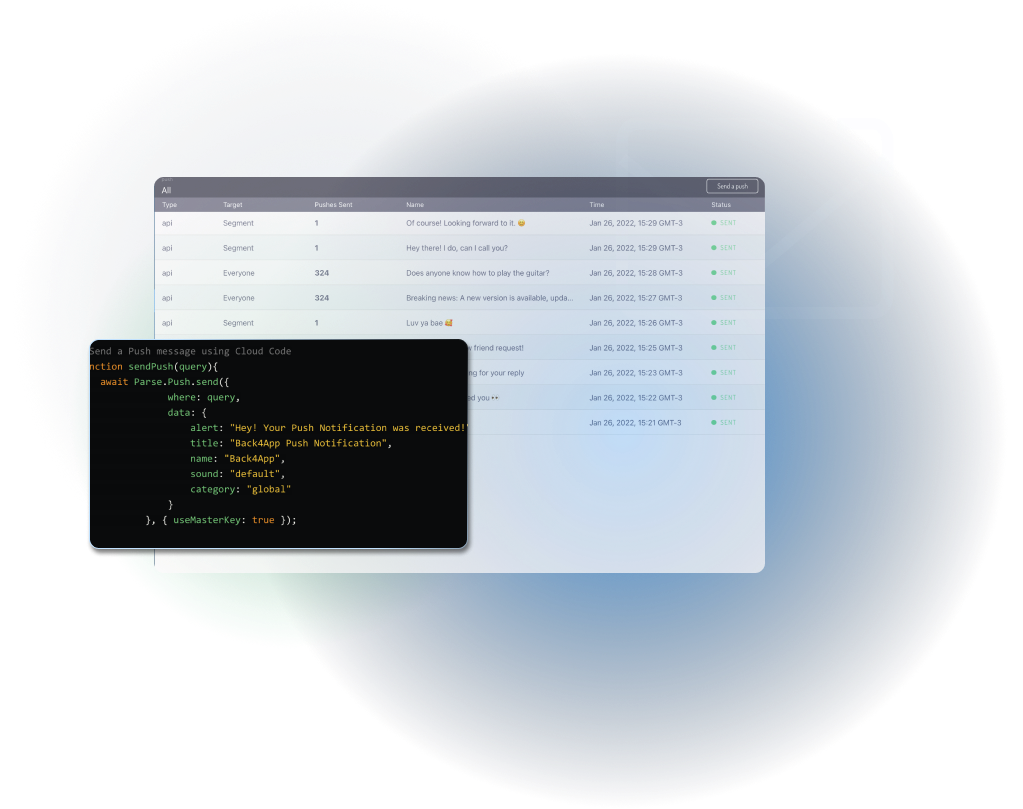Backend as a Service
Store and query relational data on the cloud. Make it accessible over GraphQL and REST with a scalable, open-source backend.
Real-Time Database
Cloud Functions
GraphQL, Rest & SDK
Authentication
File Storage
Blockchain Storage
Notifications
Real-time Database
A real-time database allows for instant data synchronization and updates between clients and servers. It is commonly used in collaborative applications and interactive experiences where multiple users need to see live changes in the data. Real-time databases provide real-time notifications and ensure that all connected clients are always up-to-date with the latest data.
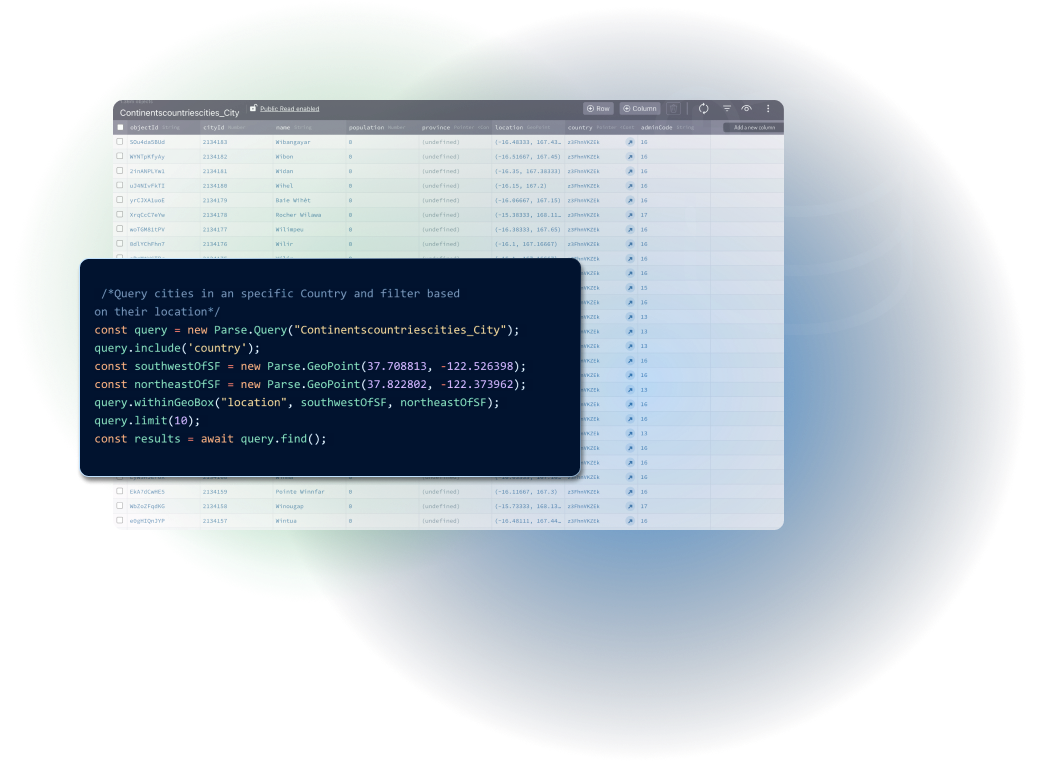
Cloud Functions
Cloud functions are server-side functions that can be triggered by events or called directly. They enable you to execute custom code in the cloud, often in response to specific events or requests. Cloud functions provide a scalable and flexible way to extend the functionality of your applications without managing the underlying infrastructure.

GraphQL
GraphQL is a query language for APIs that offers a more efficient and flexible way to request and manipulate data. With GraphQL, clients can specify exactly what data they need, and the server responds with the requested data in a single response. This eliminates issues like over-fetching or under-fetching of data commonly encountered with REST APIs.
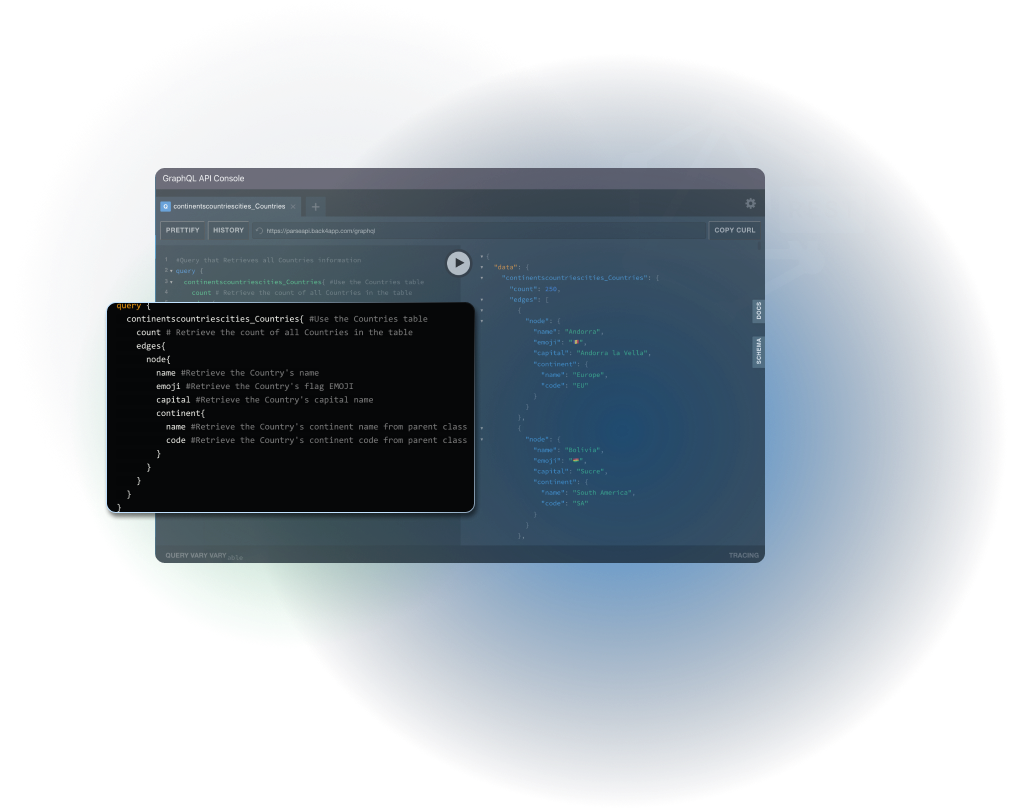
REST & SDK
Representational State Transfer (REST) is an architectural style for building APIs that provides a set of constraints for communication between systems. RESTful APIs are widely used and allow clients to perform standard CRUD (Create, Read, Update, Delete) operations on resources. SDKs (Software Development Kits) are libraries and tools that provide pre-built functions and abstractions to simplify working with REST APIs, making it easier to consume and integrate external services.

Authentication
Authentication is the process of verifying the identity of a user or system. It ensures that only authorized individuals can access protected resources, such as user accounts or sensitive data. Authentication mechanisms can include username/password combinations, tokens, biometrics, or multi-factor authentication (MFA) methods.
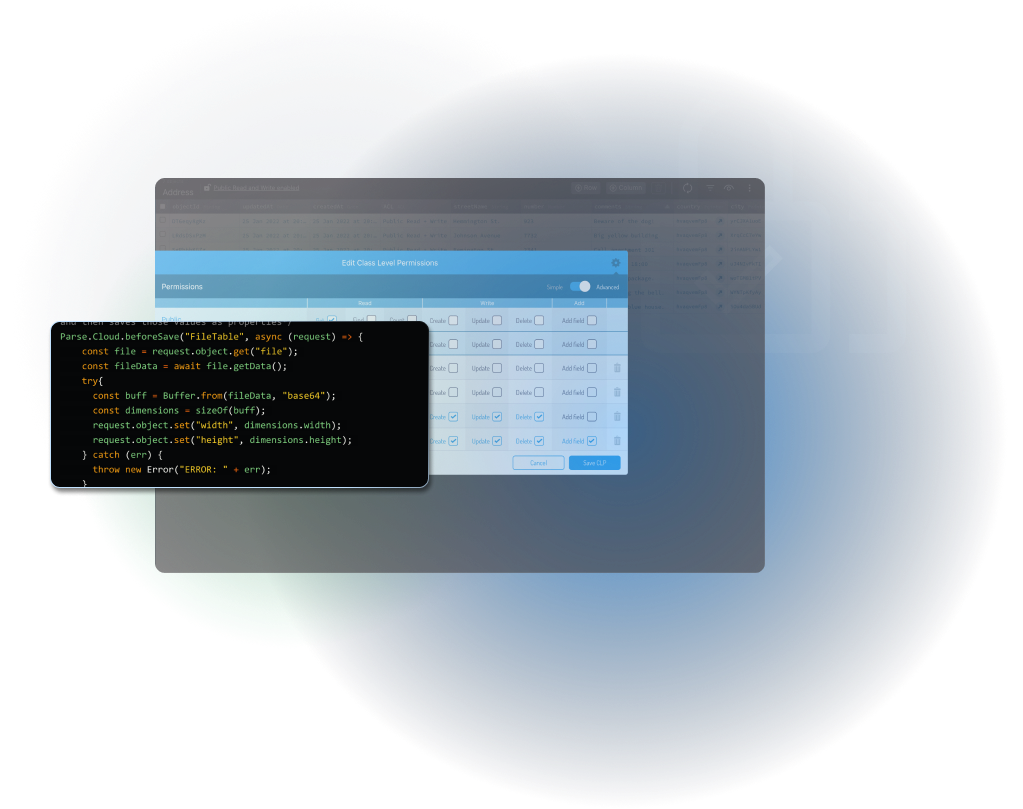
File Storage
File storage services provide scalable and durable storage solutions for various types of files, such as images, documents, videos, and more. These services allow you to store, retrieve, and manage files in the cloud. They often offer features like file versioning, access control, and integration with other cloud services.
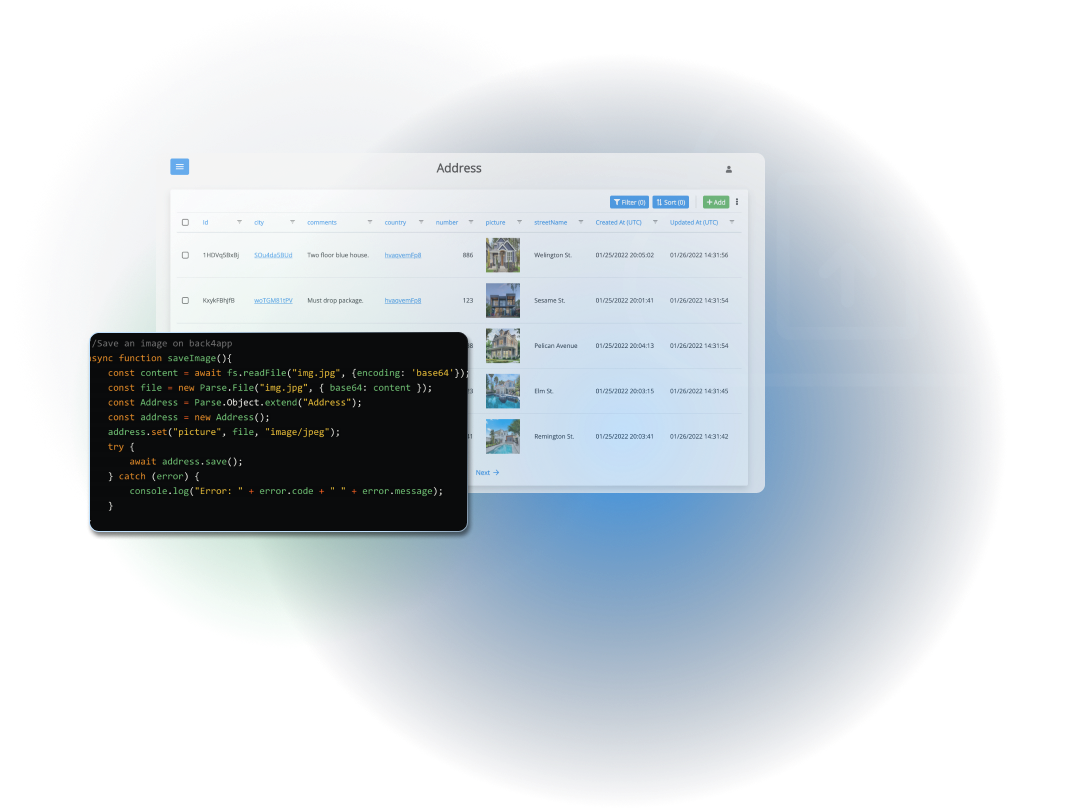
Notifications
Notifications are messages or alerts that inform users about important events or updates. They can be sent in real-time to desktop or mobile devices, providing timely information to users and enhancing user engagement. Notifications can be triggered by various events such as new messages, system updates, or personalized notifications based on user preferences.
